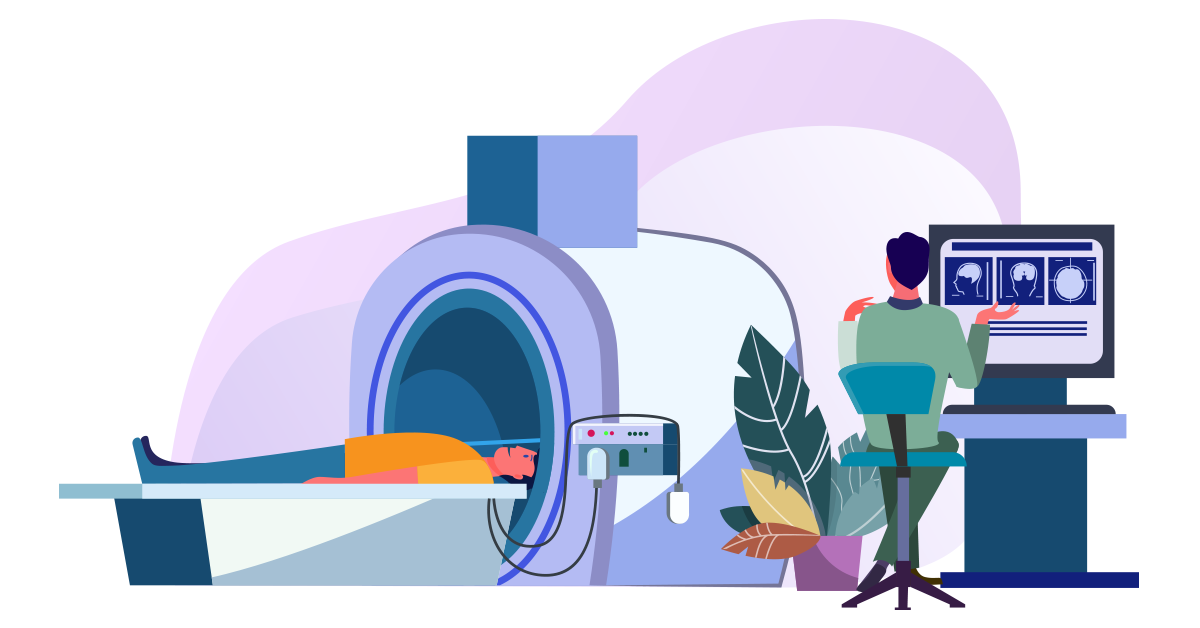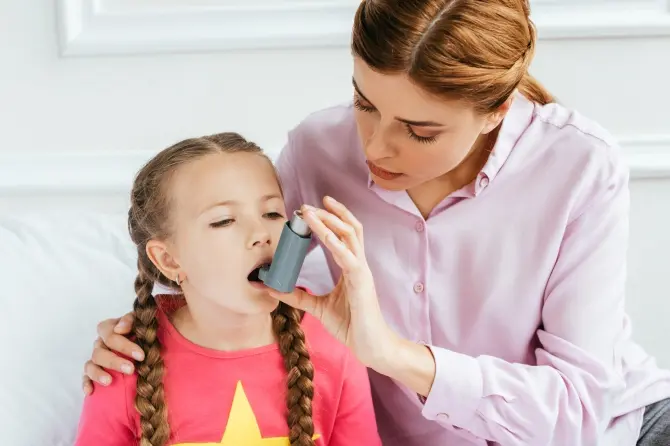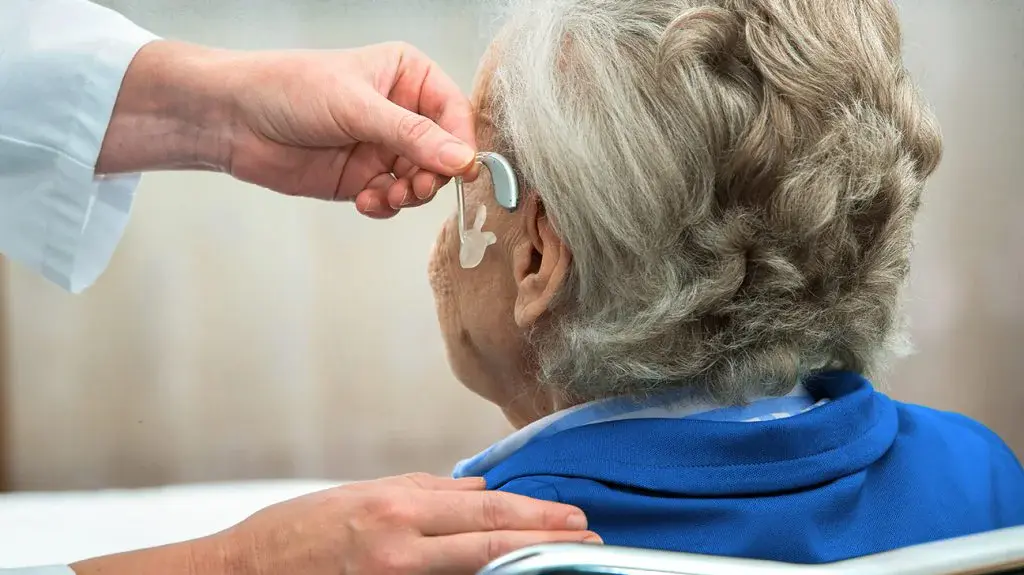
What Are Traditional Cancer Treatments?
Traditional cancer treatments have been used for decades and are considered the standard in treating various cancers. These treatments have proven effectiveness, especially in early-stage cancers, and often serve as the foundation for cancer care.
Key Traditional Cancer Treatments:
- Surgery: The removal of tumors or cancerous tissue from the body is one of the oldest and most effective treatments, particularly for localized cancers.
- Chemotherapy: Uses powerful drugs to kill cancer cells or stop their growth. It is often used for cancers that have spread.
- Radiation Therapy: Utilizes high-energy radiation to destroy cancer cells or shrink tumors. Radiation is commonly used for localized cancers and in combination with surgery.
What Are Modern Cancer Treatments?
In recent years, modern cancer treatments have emerged, offering more targeted and personalized approaches to treatment. These therapies aim to specifically attack cancer cells while minimizing damage to surrounding healthy tissue.
Key Modern Cancer Treatments:
- Immunotherapy: Enhances the body’s immune system to recognize and attack cancer cells. This treatment has shown promise in cancers such as melanoma and lung cancer.
- Targeted Therapy: Focuses on specific molecules involved in cancer cell growth. Targeted therapy can be more effective and cause fewer side effects than traditional treatments.
- Precision Medicine: Uses genetic information to tailor treatments to the individual, ensuring that cancer therapies are specifically suited to the genetic profile of the tumor.
Combining Traditional and Modern Treatments: The Best of Both Worlds
Integrating both traditional and modern cancer treatments can offer patients the best of both worlds. Traditional treatments are often highly effective at treating localized cancer, while modern treatments can address cancer on a molecular level, targeting cells that may have spread or evolved resistance to conventional therapies.
Benefits of Combining Treatments:
- Increased Effectiveness: Combining treatments can increase the chances of completely eradicating the cancer, especially in advanced stages.
- Reduced Side Effects: Modern therapies, such as immunotherapy, may help reduce the side effects commonly associated with chemotherapy or radiation.
- Targeting Multiple Cancer Mechanisms: Traditional treatments focus on killing or removing tumors, while modern treatments can address the underlying genetic or immune system-related factors driving the cancer.
- Improved Patient Outcomes: Studies show that combining treatments can improve survival rates and reduce the likelihood of cancer recurrence.
| Treatment Type | Traditional Approach | Modern Approach | Combined Approach Benefits |
|---|---|---|---|
| Surgery | Tumor removal | — | Surgery can be followed by targeted therapy or immunotherapy for better results. |
| Chemotherapy | Broad-spectrum drug treatment | Targeted therapy for specific cancer types | Chemotherapy combined with immunotherapy can enhance effectiveness. |
| Radiation Therapy | High-energy radiation | Precision radiation techniques | Combining radiation with immunotherapy can help shrink tumors and boost immune response. |
| Immunotherapy | — | Boosts immune system | Immunotherapy combined with traditional treatments can improve the body's response to cancer. |
Case Studies: Success Stories of Combined Treatment
Several clinical trials and patient case studies have demonstrated the benefits of combining traditional and modern cancer treatments. For instance, the use of chemotherapy combined with immunotherapy has been shown to produce better outcomes for patients with lung cancer, while surgery followed by precision radiation therapy can improve survival rates for patients with localized breast cancer.
Example Case: Non-Small Cell Lung Cancer
- Traditional Treatment: Chemotherapy and radiation were used to reduce tumor size.
- Modern Treatment: Immunotherapy was then introduced to boost the immune system’s ability to fight cancer.
- Result: The combination significantly improved survival rates compared to chemotherapy alone.
Conclusion: A Comprehensive Approach for Cancer Treatment
Combining traditional and modern cancer treatments offers a comprehensive approach that addresses cancer from multiple angles. By leveraging the strengths of both, patients have a better chance of achieving long-term remission and improving their overall quality of life. The integration of surgery, chemotherapy, radiation, and newer treatments like immunotherapy and targeted therapy allows for a more personalized, effective treatment plan. As medical research continues to evolve, we can expect even more innovative ways to combine these approaches for better cancer outcomes.






